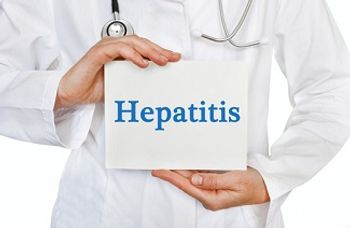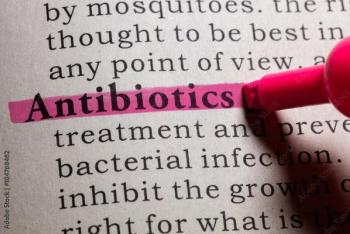
“Conflicting Information” on COVID-19 Affects Public Response
Disagreement among health officials, politicians, and the media leads to inconsistent levels of compliance with guidelines.
We know now that SARS-CoV-2 spreads quickly.
So, too, unfortunately, does information about the virus behind the global pandemic—this is, after all, the “information age”—and that’s not always a good thing.
In an
“Conflicting information is a little bit adjacent to misinformation, but it’s a different issue,” Rebekah H. Nagler, PhD, associate professor in the Hubbard School of Journalism and Mass Communication at the University of Minnesota, told Contagion®. “This is a scenario in which you have two logically inconsistent statements, where you can’t engage in both behaviors recommended or there are competing claims about treatments. For example, there has been a lot of conflicting information about face masks and their efficacy at limiting spread of the environment.
“Our work looks at debate, disagreement, and conflict in health information and the effects that has on the public,” she added.
In the case of COVID-19, it can explain the inconsistent response—in terms of adoption of measures designed to limit the spread of the virus—across the country.
Indeed, because everything is political today, it’s important to note a few things about the 1,007 survey respondents. Among them, 35.2% reported having had personal experience with COVID-19—after being infected themselves or having a loved one diagnosed with the virus. In addition, 42.8% of the respondents identified as Democrats, 29.8% as Republicans, and 27.4% as independents.
However, where things get interesting is in the information sources for the respondents. More than half—55.6%, 53.2%, and 51.6%, respectively—said they relied on local news, political officials, and cable television news for information on the virus. Meanwhile, less than half—48.9%—said they checked for COVID-19 news two or more times per day, while even fewer—46.6%—tapped into health sources (local hospitals, physicians, public health officials, the US Centers for Disease Control and Prevention) directly for information on the pandemic and how best to protect themselves and others.
Among the respondents, only 3.3% indicated that they had not been exposed to conflicting information since the start of the pandemic. Most of those who were exposed to conflicting information said that they had observed disagreement among health experts (perhaps a little surprising), among elected officials (not at all surprising), and between people in both groups (these days, even less surprising). Much of the disagreement they observed centered around the most of effective strategies for preventing virus spread.
Interestingly, in general, respondents who identified as Democrats or independents perceived greater disagreement among politicians than did those who indicated they were Republicans. In addition, respondents who used national news outlets as a source reported perceiving greater disagreement among politicians and less disagreement among health experts than those who relied on other sources.
“When you have a novel virus like this and scientific knowledge is evolving so rapidly, it’s only natural to see evolving guidelines, that’s just part of the scientific process,” Nagler said. “Unfortunately, the public, who is limited in their understanding of scientific research, may struggle to make sense of those shifts.”
And we’re seeing the results of that struggle every day.
Newsletter
Stay ahead of emerging infectious disease threats with expert insights and breaking research. Subscribe now to get updates delivered straight to your inbox.

















































































































































































































































































